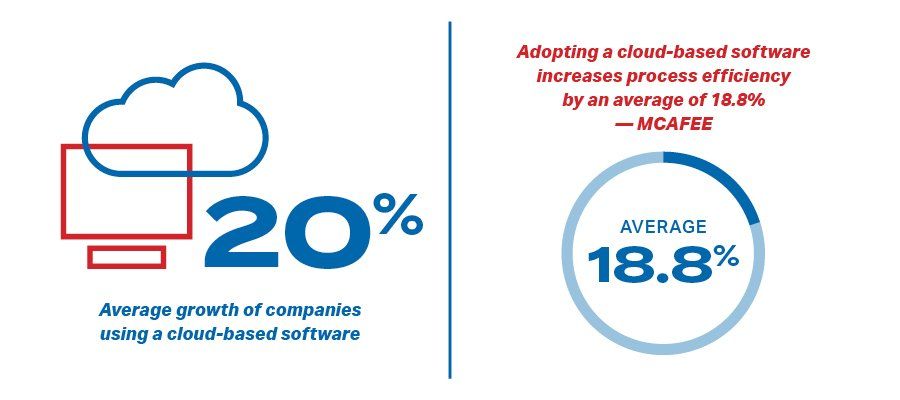The Cosmic Shift in Management Software
If your club uses enterprise level management software, the changes have been gradual and seamless enough to evade your conscious thought… you might not have even realized that a cosmic shift in the way computing is performed has happened right under our noses! The way management software works has completely transformed over the past two decades, with a steady evolution to the Software as a Service (Saas) model that is favored by most enterprise platforms today and into the future.

The Ascent of SaaS-Based Web Browser Applications
SaaS-based web browser applications began this ascent around the beginning of the millennium, originating from simple web applications that leveraged technology like Flash and Java to provide basic desktop type functionality in a web browser.
As the popularity of this model became apparent and the capabilities of web browsers like Internet Explorer, Firefox, Chrome, and Edge grew and improved, the stage was set for a new method of building and delivering software, and the immense possibilities of cloud-based, web browser computing became a reality.
What is “The Cloud”?
The definition of “the cloud” can vary based on context, but in its broadest definition it refers to the practice of shifting data storage and application processing away from local machines in your facility to servers hosted remotely using the internet. This framework makes it possible to leverage infrastructure that might be cost-prohibitive for many small organizations on an as-needed basis, and lets them pay only for what they use.
In the same way AirBnB allows anyone to rent a week in a beautiful vacation home instead of actually owning that home, cloud-based software creates the ability to rent processing power and data storage so that you only pay for what you really need.
Cloud-Based Web Apps vs. Cloud-Based Web Browser Applications
First, let’s explain the difference between these two applications. With a cloud-based web app, the native application is downloaded and installed on local computers. All updates, processing and storage happens on each user’s local machine.
Conversely, a cloud-based, web browser application is an application that provides the functionality of a native application, but which runs in the cloud and is interacted with via web browsers, such as Chrome or Safari, and APIs.
With its inherent flexibility and scalability, a cloud-based, web browser application sets your club up for long-term growth. A cloud-based, web browser application gives you the ability to store all application data and execute business functions on machines that are massively more powerful than a standard desktop PC. All your team needs is access to a web browser and connection to the internet to run your business!
There is no need for expensive servers running in a data closet on-premise, no need for an IT staff to install complex software on dozens or hundreds of individual devices, and no need to manage frequent software updates to all of those devices.
With the increasing popularity of other cloud-based web browser applications such as GSuite, your organization is probably already using this format! Why should your management software be any different?
Looking for more information on the differences between a web application and a web browser application and what management software is the best fit for your facility?
Download our guide: “Out with the Old: Choosing the Best Technology for your Club.”



